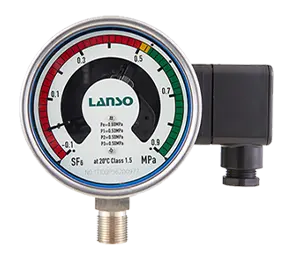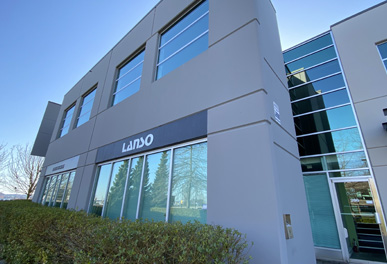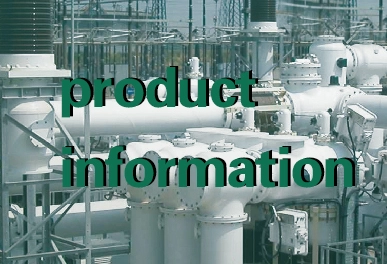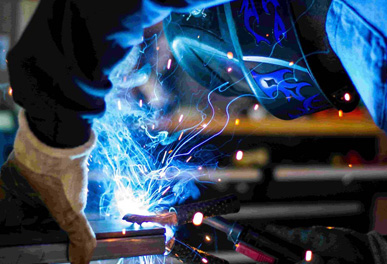The necessity of SF6 density relay calibration
SF6 switch is a widely used high-voltage electrical appliance in power systems.SF6 switch's reliable operation has become one of the most concerning issues for power supply departments.SF6 gas density relay is an important component used to monitor the density changes ofSF6 gas in the body of theSF6 switch. Its performance directly affects the safe operation of theSF6 switch. On-site operatingSF6 gas density relays often experience issues such as inflexible operation and poor contact, and some may even have deteriorating temperature compensation performance, leading to the false operation of the SF6 density relay when the environmental temperature suddenly changes. Therefore, DL/T596-1996 "Power Equipment Preventive Test Code" stipulates that eachSF6 switch user should regularly calibrate theSF6 gas density relay. Based on actual operational conditions, it is also necessary to regularly calibrate theSF6 density relay and pressure gauges in field operations.
Basic principles of SF6 density relay calibration
The gas pressure in a closed container changes with temperature. For the convenience of statistics and comparison, the relative pressure value of SF6 at 20℃ is usually taken as the standard value. During on-site calibration, the SF6 pressure values measured at a certain ambient temperature must be converted to the equivalent pressure values at 20℃, in order to judge the performance of the density relay.
Lockup recovery value calibration: Under ambient temperature, when the SF6 density relay is at zero pressure, slowly inflate the SF6 density relay at a certain speed. When the lockup relay of theSF6 density relay operates, record the pressure value at the current ambient temperature and convert it to the equivalent pressure value at 20℃. This equivalent pressure value at 20℃ is the lockup recovery value of the SF6 density relay.
Alarm recovery calibration value: Continue to slowly inflate the SF6 density relay at a certain speed. When the alarm relay of the density relay operates, record the pressure value at the current ambient temperature and convert it to the equivalent pressure value at 20℃. This equivalent pressure value at 20℃ is the alarm recovery value of the SF6 density relay.
Alarm value calibration: Under ambient temperature, when the pressure inside theSF6 density relay exceeds the alarm recovery value, slowly release the gas at a certain speed. When the alarm relay of the SF6 density relay operates, record the pressure value at the current ambient temperature and convert it to the equivalent pressure value at 20℃. This equivalent pressure value at 20℃ is the alarm value of the SF6 density relay.
Lockup value calibration: Continue to slowly release the gas from theSF6 density relay.SF6 density relay. When the lockup relay of the SF6 density relay operates, record the pressure value at the current ambient temperature and convert it to the equivalent pressure value at 20℃. This equivalent pressure value at 20℃ is the lockup value of the SF6 density relay.







